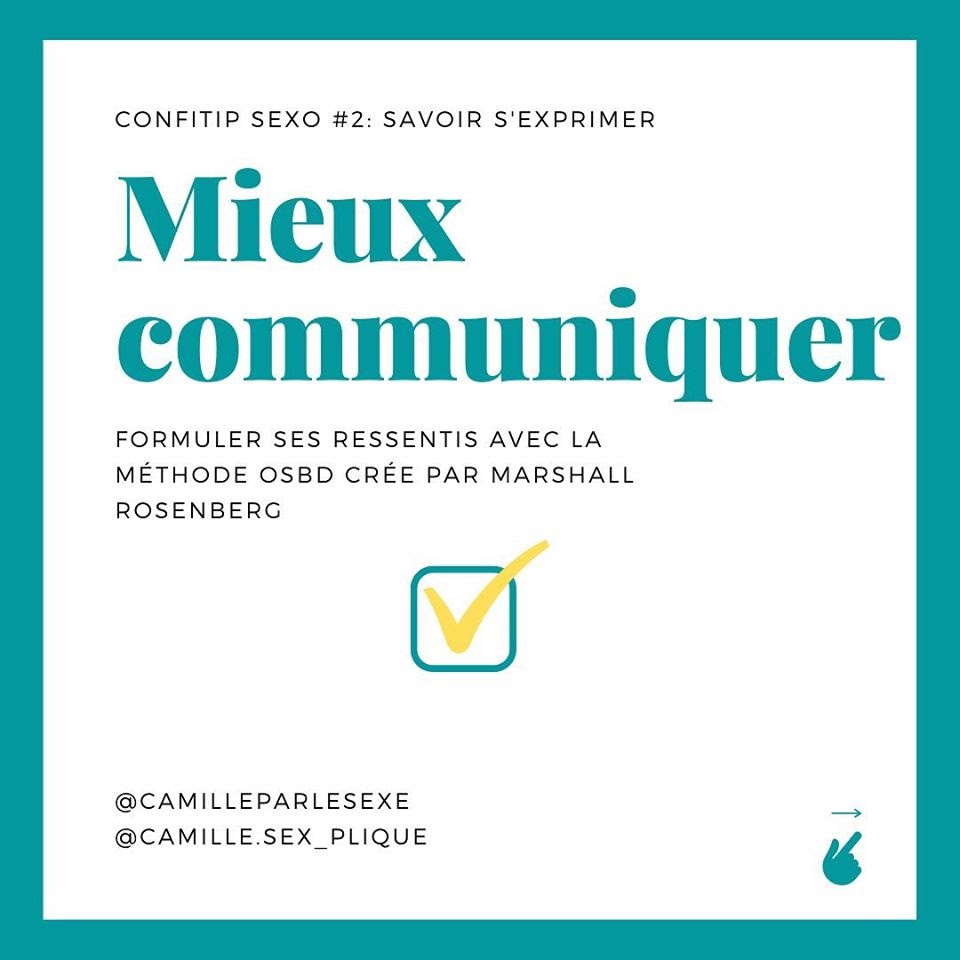
Better communication: formulating one’s feelings with the NVC method (Rosenberg)
In the face of various conflicts, the best attitude to have would be one of assertiveness. This attitude is understood as the ability to express oneself and defend one’s rights without infringing on those of others. This can be learned, especially through what is called “non-violent communication” NVC.
How do we do it in practice? The NVC method can be applied in 4 steps.
- Observation: describe the situation objectively.
- Feeling: express the feelings experienced.
- Needs: clarifying needs and expressing oneself as “I”.
- Demand: make a demand that is concrete, precise, positively formulated and negotiable.
So: “When I see/hear (describe the situation without judging), I feel (name the emotion felt) because I need (describe the need) then I ask (name the action that will satisfy the need).
Keys to optimal dialogue
Now that we are ready to listen and formulate our feelings correctly, how do we do this in practice? Here are some keys to create an optimal dialogue:
- Be careful with the words you choose for dialogue.
Extreme words such as “always” or “never” tend to generalize to the whole of daily life and couple life. In addition, they can create a feeling of invalidity in the partner.
- Open-ended questions are used as much as possible.
Unlike closed questions, they do not dictate specific answers such as “yes” or “no”.
- After hearing the other’s feelings without judgment
We paraphrase to ensure that the message and show the other person that we listened carefully.
- The needs of both partners are taken into account and a solution is found together
Let’s think as two members of the same team and not as two opponents. Hand in hand, we face the obstacle.
- We don’t assume that the other person knows our thoughts and reactions
We focus on the present, avoiding using past behaviours to defend current blame and trying to remain open, positive and caring.
